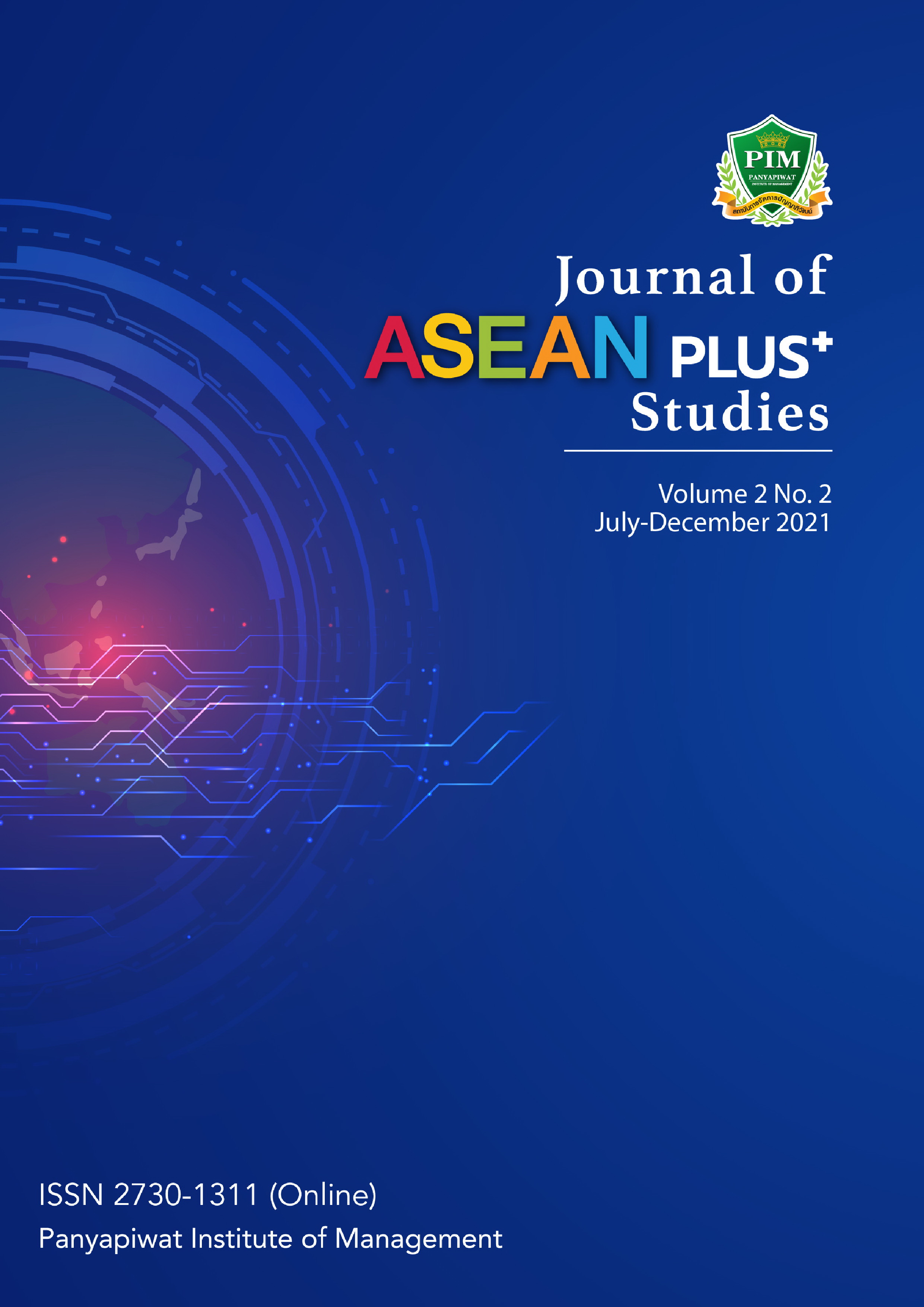A Drum Circle as a Training for an Innovative Workplace: A Case Study of Leadership Development in a Japanese Company
Keywords:
A Drum Circle, Innovative Workplace, Leadership Development, CommunicationAbstract
Leadership style reflected cultural differences, especially between the east and west. The role models available for business leadership in the different regions of the world are significant. For example, the role model is corporate CEO in America, the head of the family in China and Chinese-related businesses, military general in France, consensus builder in Japan, and coalition builder in Germany. (Quinn Mills, 2005). In Asia, the different styles most markedly reflect the stage of development of the economies and companies of Asia. The regression of economic development over the past three decades in Japan forced business leaders to develop a different style of management from the past consensus building to a more innovative and revolutionary spirit of leadership.
The purpose of this study is to build and implement a workshop for managers who want to improve their skills in developing an innovative environment. What is unique about this workshop is that it aims to introduce management concepts based on a session using percussion instruments for developing skills and utilizing them as tools for developing an innovative workplace. This session is called a drum circle and is defined as a rhythm ensemble that participants improvise using various percussion instruments.
The workshop was held between July 7 to July 28 in 2018 (four Saturday afternoons) and in total 83 people in and outside the school participated. Each week consisted of drum circle sessions and mini-lectures regarding management theories such as leadership and communication. Participants were asked to identify some commonality between the essence of a drum circle and that of management theories. Survey results from each week indicated that participants were generally satisfied with the contents and the skills introduced in the workshop. However, there is room for improvement especially in terms of filling a gap between theory and application in a workshop.
References
Beat of Success. (2020). Training Beat: The Textbook for Training Facilitator. Retrieved September 20, 2021, form https://ierc-publicfiles.s3.amazonaws.com/public/resource/STD%201%20Teacher%20Training%
Facilitator%20Guide%20April17.pdf
Brenner, W., Uebernickelm, F., & Abrell, T. (2016). Design Thinking for Innovation. Switzerland: Springer International Publishing.
Christensen, C., Raynor, M. E., & McDonald, R. (2013). Disruptive Innovation. Massachusette, USA: Harvard Business Review.
Diamond Harvard Business Review. (2017). Reasons for Re-Considering Human Resource Development-Interviewing Prof. Retrieved October 25, 2021, from https://www.dhbr.
net/articles/-/5099?page=2
Hull, A. (1998). Drum Circle Spirit: Facilitating Human Spirit Through Rhythm. San Francisco, USA: White Cliffs Media.
Itzchakov, G., & Kluger, A. N. (2018). Spontaneous Improvement is Encouraged Just by the Boss Listening to His Subordinates. Retrieved September 10, 2021, from https://www.dhbr.net/articles/print/5437
Jarvis, J. (2012). What Would Google Do? New York, USA: Harper Collins Publishers.
Maskus, K. E., & McDaniel, C. (1999). Impacts of the Japanese Patent System on Productivity Growth. Japan and the World Economy, 11(4), 557-574.
Nakamura, J., & Csikszentmihalyi, M. (2002). The Concept of Flow. In C. Snyder, & S. Lopez (Eds.), Handbook of Positive Psychology (pp. 89-105). New York, USA: New York University Press.
Pluznick, M. (2014). Drum Circle Tips with Michael Pluznick. Retrieved December 14, 2021 from https://
www.x8drums.com/blog/drum-circle-tips-with-michael-pluznick/
Robbins, S. (2001). Essentials of Organizational Behavior (11th ed.). London, UK: Pearson Education Limited.
Sakiyama, M., Fujii, N., Kokuryo, D., & Kaihara, T. (2020). Visualization of Group Discussion Using Correspondence Analysis and LDA in Ideathon. Procedia CIRP, 88, 595-599.
The Japan Institute for Labor Policy and Training. (2017). The Turnover Situations of Younger Workers and their Career Development After That. JILPT Survey Series, 44(185), 1-261.






